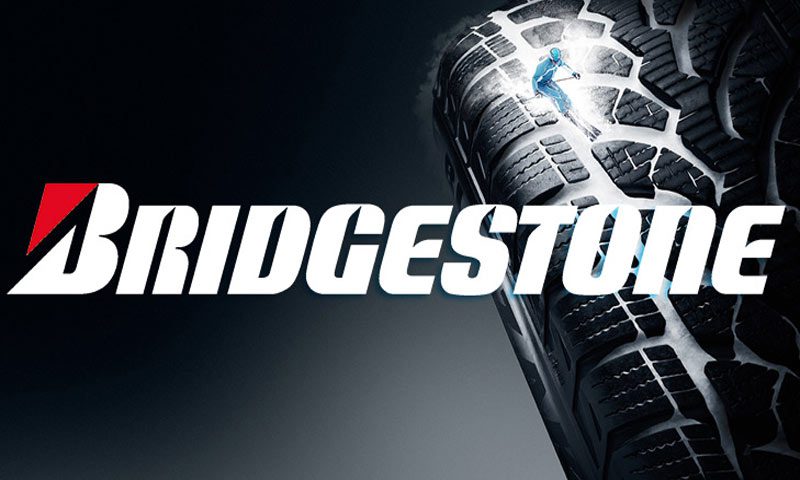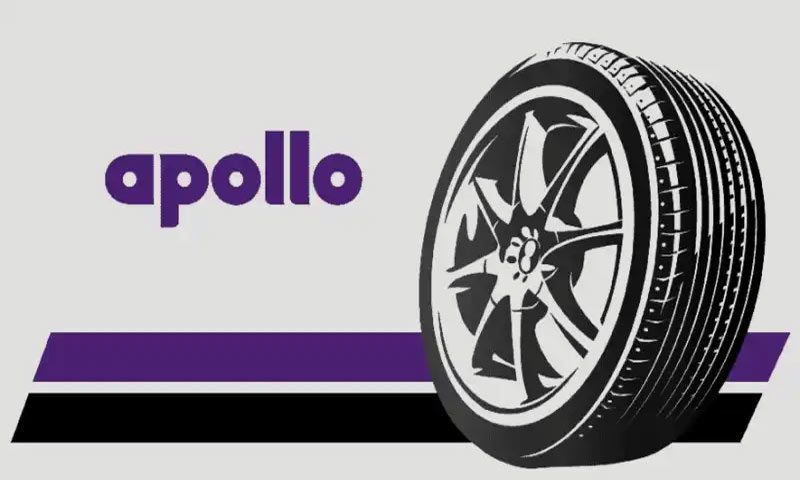Introduction to Loop Wiring
In the intricate world of electrical and electronic circuits, loop wiring stands as a fundamental yet often misunderstood concept. This technique, pivotal for creating a continuous electrical current path, involves intricately looping cables or wires. It’s a vital skill for anyone in circuit design, repair, or maintenance. Our goal here is to simplify and clarify loop wiring, offering a practical guide to effectively implement and troubleshoot it across various scenarios.
The Fundamentals of Loop Wiring
Loop wiring is essentially about maintaining an unbroken path for electrical current. This continuity is achieved by seamlessly connecting the end of one wire to the start of another, forming a loop. Its significance lies in ensuring the reliability and efficiency of circuits. What makes loop wiring particularly appealing is its simplicity and adaptability, making it suitable for a range of applications, from basic home DIY projects to complex industrial systems. Grasping loop wiring starts with a basic understanding of electrical circuits, current flow, and the distinction between conductors and insulators.
Essential Tools and Materials


Proper execution of loop wiring requires specific tools and materials. Key tools include wire strippers for insulation removal, pliers for shaping wires, and soldering iron for permanent connections. Choosing the right wire type is critical, as different applications demand different wire characteristics. Solid wires are ideal for less flexible needs, whereas stranded wires are better for applications requiring more flexibility. Additionally, owning a multimeter is crucial for testing loop continuity, ensuring the success of your wiring endeavors.
Step-by-Step Wire Loop Creation
The process of creating a wire loop is methodical. Start by measuring and cutting the wire to your required length. Next, use a wire stripper to remove the insulation from the ends, exposing the conductive material for connection. Then, with pliers, carefully form a loop at the wire’s end. This loop can then be attached to another wire or terminal. If soldering is necessary, heat the joint and apply solder until it forms a solid, conductive bond. Always test your loop with a multimeter for continuity to confirm a successful connection.
Troubleshooting Loop Wiring Issues
Loop wiring can present challenges, such as poor connections, wire breakages, or incorrect wiring. The most typical issue is a break in the loop, disrupting current flow. Loose connections or terminal corrosion are also common problems, fixable by cleaning and re-securing the connections. Learning to identify and rectify these issues is crucial for maintaining the integrity and functionality of your loop wiring.
Conclusion
Mastering loop wiring is an invaluable skill in the electrical and electronic fields. With a solid grasp of the basics, the right tools, and a methodical approach, anyone can become proficient in this essential technique. It’s a skill that benefits DIY enthusiasts, aspiring electricians, and seasoned professionals alike. For those eager to delve deeper into more complex aspects of loop wiring and circuit design, GOLDEN PEACOCK offers an array of advanced resources and tools, guiding you toward achieving excellence in all your electrical projects.




















